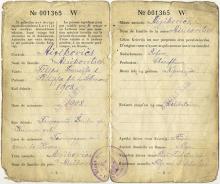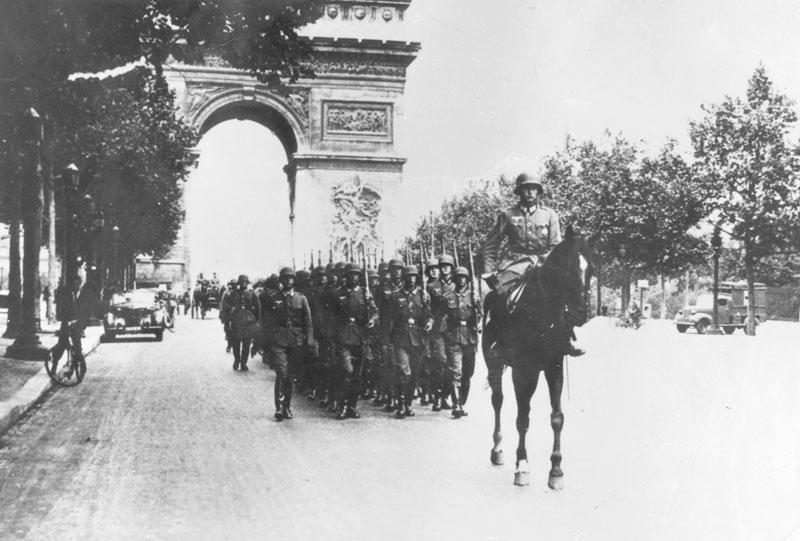
Yad Vashem Photo Archives 94CO4

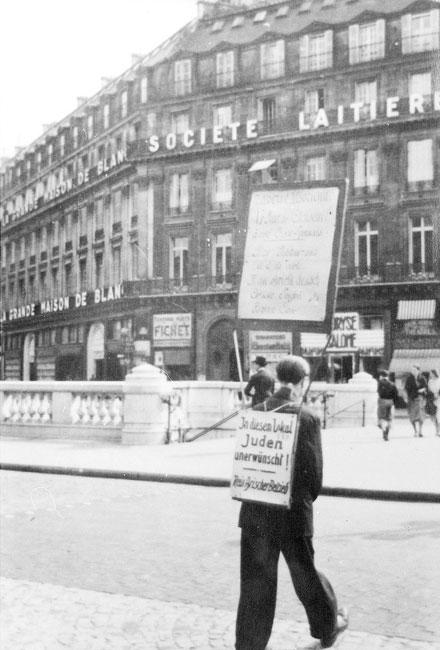
Yad Vashem Photo Archives 4520/374
Courtesy Bundesarchiv

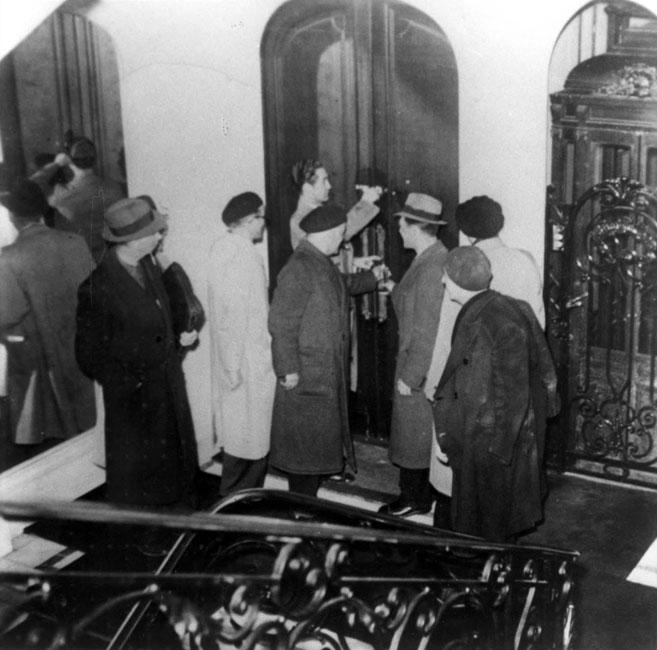
Yad Vashem Photo Archives 5766/3

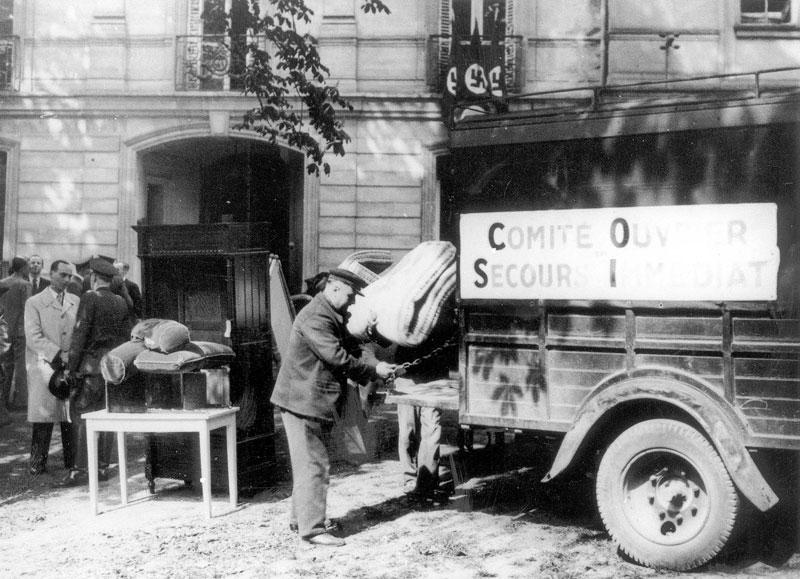
Paris, 22 April 1941. Confiscation of Jewish property by the “Workers’ Committee for Immediate Relief” (Comité ouvrier de secours immédiat) – a French organization which collaborated with the Germans
Yad Vashem Photo Archives 5475/6
Courtesy Bibliothèque nationale de France

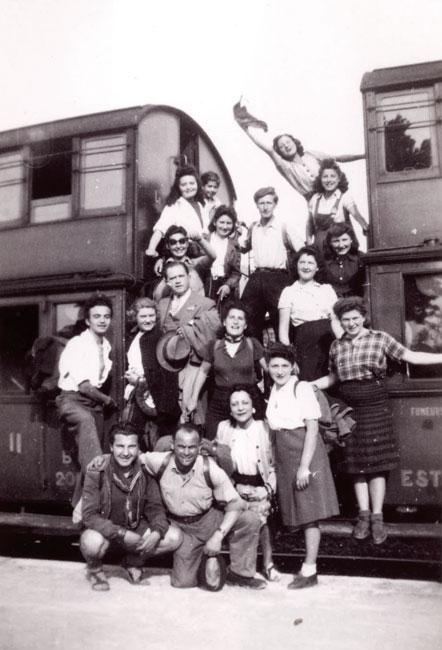
Paris, 17 May 1941. Members of the Jewish youth movements “Hashomer Hatzair”, “Hehalutz” and “Poalei Zion” at the train station of La Varenne, some 10 kilometers south-east of Paris
Yad Vashem Photo Archives 1785/6

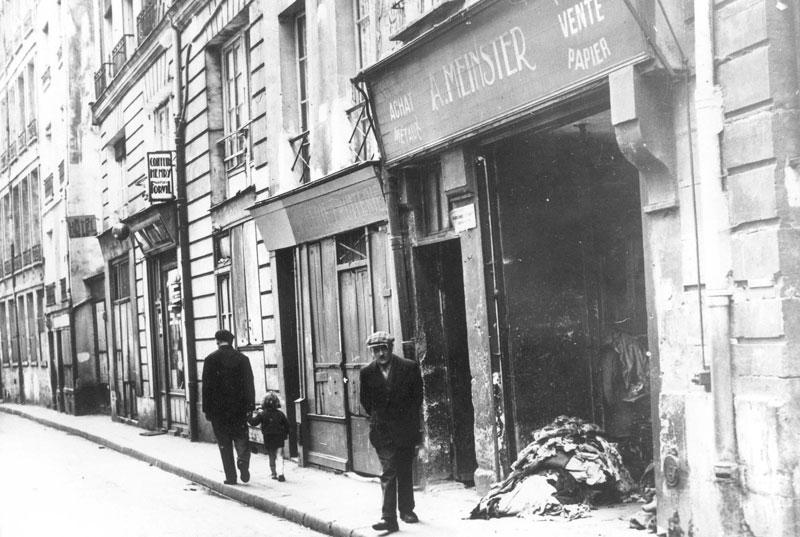
Yad Vashem Photo Archives 4520/123
Courtesy Bundesarchiv

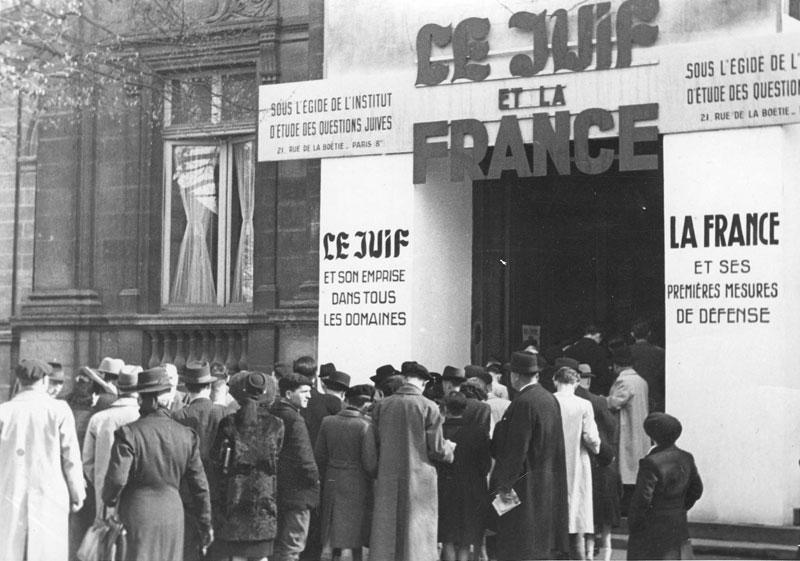
The exhibition was organized at the initiative of the “Research Institute for Jewish Questions” in Paris.The banners next to the entrance read:“The Jew and his influence in all areas of life”.“France and the first steps towards self-defense”.
Yad Vashem Photo Archives 88DO5

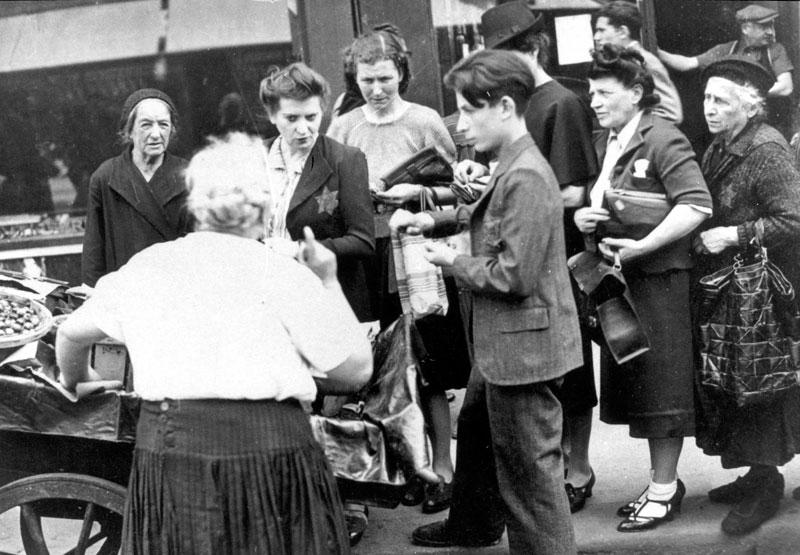
Yad Vashem Photo Archives 4520/476
Courtesy Bundesarchiv

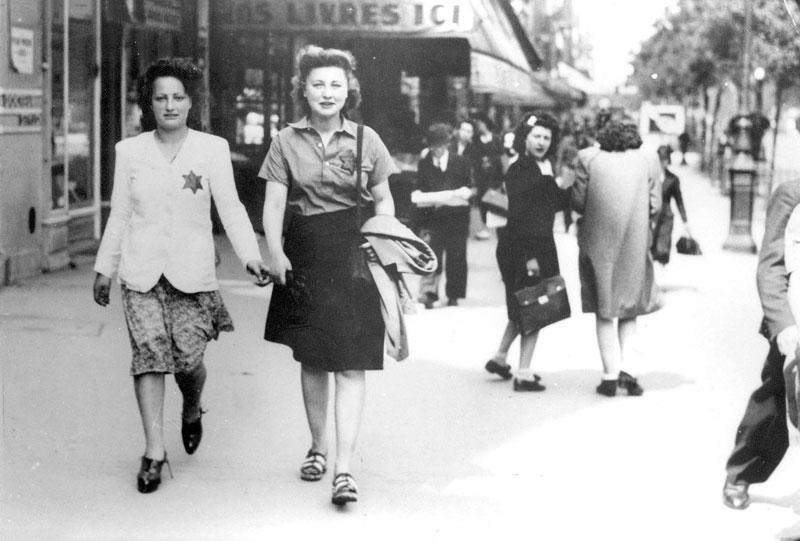
Yad Vashem Photo Archives 5015/163
Courtesy Ghetto Fighters' House

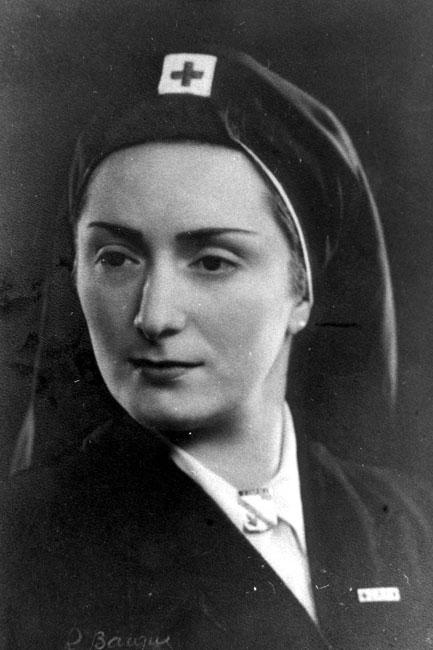
Irene Kozak and her husband, Rabbi David Kozak, were hidden in Limoges, by Marie Vouzelaud and Marcel and Marilou Joffre. In 1988 all three were recognized as Righteous Among the Nations. Thanks to her papers certifying that she was a nurse in the Red Cross, Irene was able to enter and photograph the nearby village of Oradour sur Glane, after the massacre and ensuing destruction the Germans instigated there on 10 June 1944.
Yad Vashem Photo Archives 6065/1

In May 1940 France was invaded by German forces. Within a month France was defeated. An armistice was signed on June 22, 1940 and following it France was divided into a German occupied zone in the North, a French governed zone in the South, also known as Vichy, which collaborated with the Germans and had certain authority also in the German-occupied zone, and a small demilitarized Italian occupied zone in the Southeast.
In July 1940, a special commission (commission de revision des naturialsation) was set up to review naturalizations issued after 1927. Trials to denaturalize French citizens went on throughout the war. About circa 15,000 persons were de-naturalized. Of the 15,000 persons denaturalized during the war about 6,500 were Jews.
Anti-Jewish measures were placed in both zones the cornerstone being the Statut des Juifs (anti-Jewish law), promulgated by the Vichy Government, on October 3, 1940; this Statute was later amended with additional anti-Jewish measures. The First Jewish Statute called for the drastic decrease of Jewish involvement within French society. It announced who in France was considered a Jew, a definition stricter than determined in Nazi Germany. It removed Jews from the army, civil service and closed off top public offices while putting a quota on Jews working in various professions. A law passed on October 4, 1940 allowed for the detainment of Jews of foreign nationality. By February of 1941, 40,000 foreign Jews were detained in camps of the Unoccupied Zone alone. Three arrest operations in the occupied zone throughout 1941 led to the detainment of close to 9,000 Jews in camps of the occupied zone, most of foreign nationality. Over time, these camps would claim the lives of some 3,000 Jews, the first victims of the Holocaust in France.
A Second Statut des Juifs was issued on June 2, 1941, in which the definition of who was a Jew became more rigid. It used the term religion, which was poignant on account of France’s liberal tradition. The new Statute called for the removal of Jews from industry, business, and liberal professions. The Statutes were enacted in both zones and in France's overseas territories.
From June 1942, Jews in the Northern Occupied Zone had to wear the yellow star on their clothing. It was not required in the Southern Zone. A first deportation to Auschwitz - the first one from Western Europe - left France on March 27 1942. The July 16-17, 1942 "Vel d'Hiv" roundup of Jews in Paris instigated the systematic mass deportations from France which included three transports per week, through the summer and fall of 1942. In November 1942, the Germans occupied the Southern Zone and continued the ongoing actions to arrest Jews and deport them to their extermination. Thousands of Jews fled to the now expanded Italian Zone to escape persecution. On September 8, 1943, the Germans entered and occupied the now former-Italian Zone.
On June 6, 1944, the Allies invaded the coast of Normandy in Northern France. In August 1944 Paris was liberated, and by the later part of the year France was free. Franco-German collaboration facilitated the arrests and deportations of approximately 78,000 Jews, about a quarter of French Jewry, to extermination camps.





